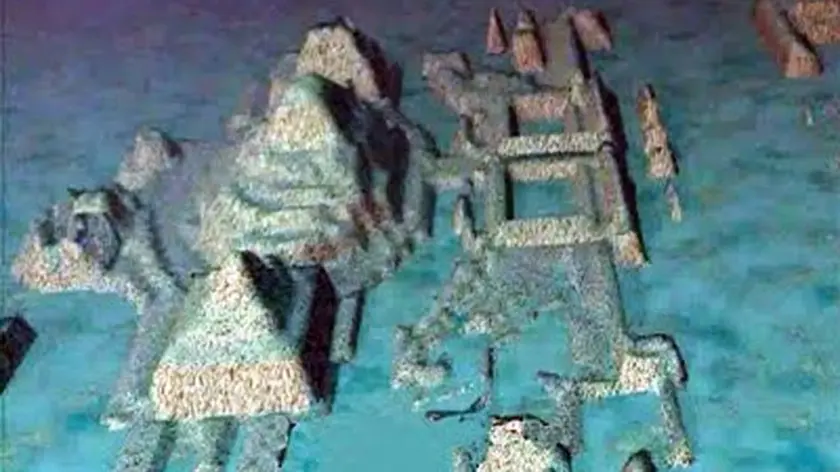T4K3.news
Ancient plesiosaur unearthed after decades in museum vault
A fossil stored for decades in a German museum has been reexamined and reclassified as a new genus and species, offering new insight into early plesiosaurs.

A fossil stored for decades in a German museum has been reexamined and reclassified as a new genus and species, offering new insight into early plesiosaurs.
Ancient plesiosaur unearthed after decades inside a museum vault
Researchers Sven Sachs and Daniel Madzia reexamined SMNS 51945, a nearly complete plesiosaur skeleton found in 1978 near Holzmaden in the Posidonia Shale. They conclude it represents a new genus and species, Plesionectes longicollum. The neck is extraordinarily long, with at least 43 cervical vertebrae, making up about 1.25 meters of the animal's total length of roughly 3.2 meters. Despite a damaged skull, diagnostic bones such as the paraoccipital process and squamosal helped establish its distinct identity. The find adds a rare, comprehensive view of Early Jurassic marine life.
It is the oldest plesiosaur from Holzmaden and comes from early deposits of the Posidonia Shale, a site known for well preserved fossils. The skeleton preserves rare soft tissue traces and suggests an unusual swimming style that may reflect ecological adaptation during the Toarcian Oceanic Anoxic Event, a time of climate stress that reduced oxygen in oceans. The discovery highlights the value of museum collections and shows how decades-old specimens can still transform our understanding of prehistoric life.
Key Takeaways
"This specimen rewrites parts of plesiosaur evolution."
Sachs discusses the significance of the find.
"The neck length is longer than expected for its time."
Findings detailed in the study.
"Museum collections can yield breakthroughs long after they are shelved."
Editorial reflection on archives.
The finding underscores a simple truth about science: patience and new methods can turn a quiet archive into a headline. Reexamining old specimens with modern techniques can rewrite parts of the story of life on Earth. In this case the long neck and other features push us to rethink plesiosaur diversity in the Early Jurassic and how these animals navigated a warming, low oxygen ocean.
More broadly, the result boosts the case for keeping museum collections intact and accessible. Holzmaden's Posidonia Shale remains a gold mine for marine reptiles, as this and other discoveries show. If researchers keep revisiting stored fossils, the archive may reveal more surprises about evolution and the climate history of ancient seas.
Highlights
- Old shelves hide new chapters in the sea's history.
- A forgotten fossil changes what we know about early plesiosaurs.
- Decades in storage, a single skeleton reshapes a timeline.
- The archive speaks when researchers listen.
Science keeps listening to old shelves.
Enjoyed this? Let your friends know!
Related News
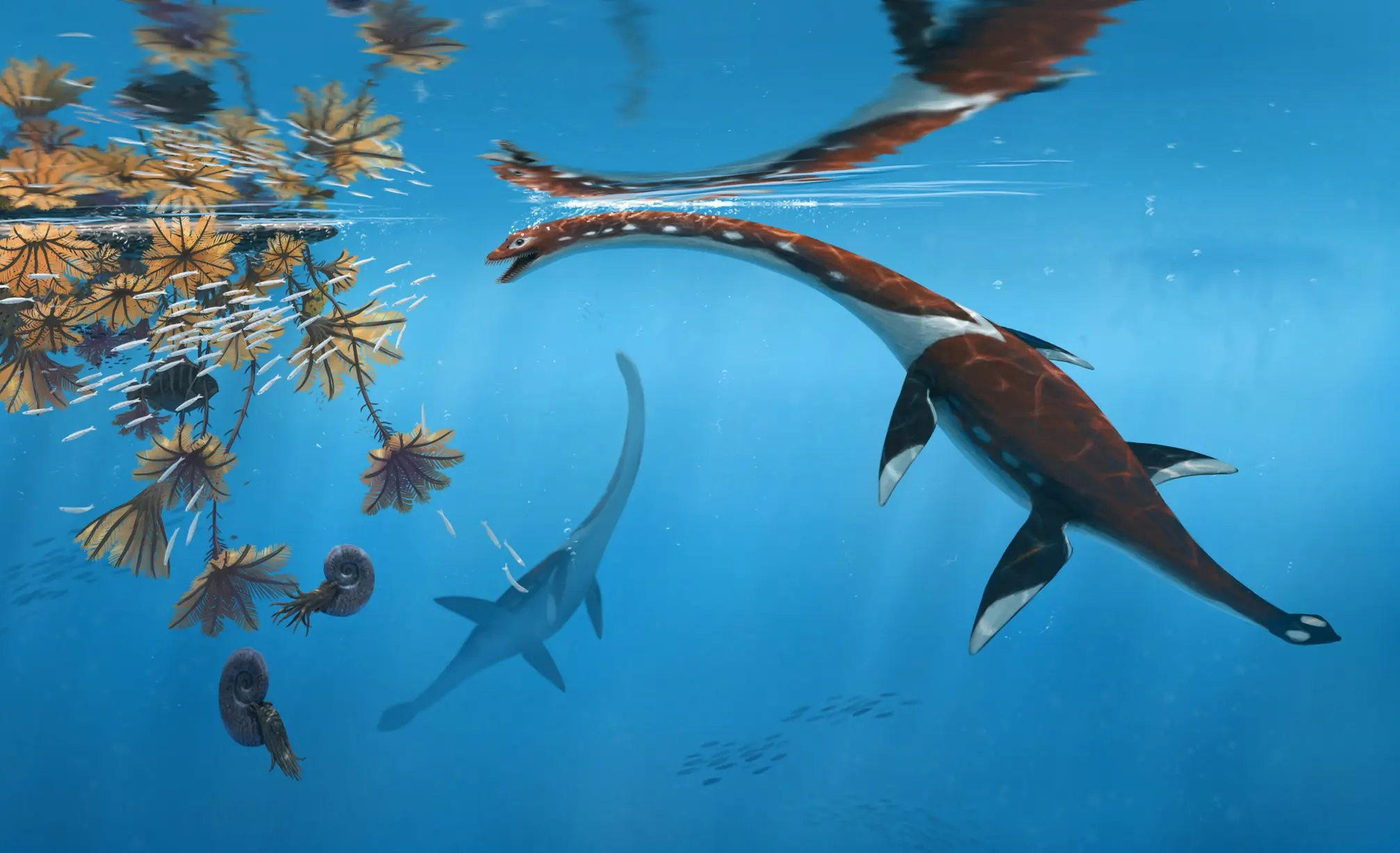
New marine reptile species discovered in Germany
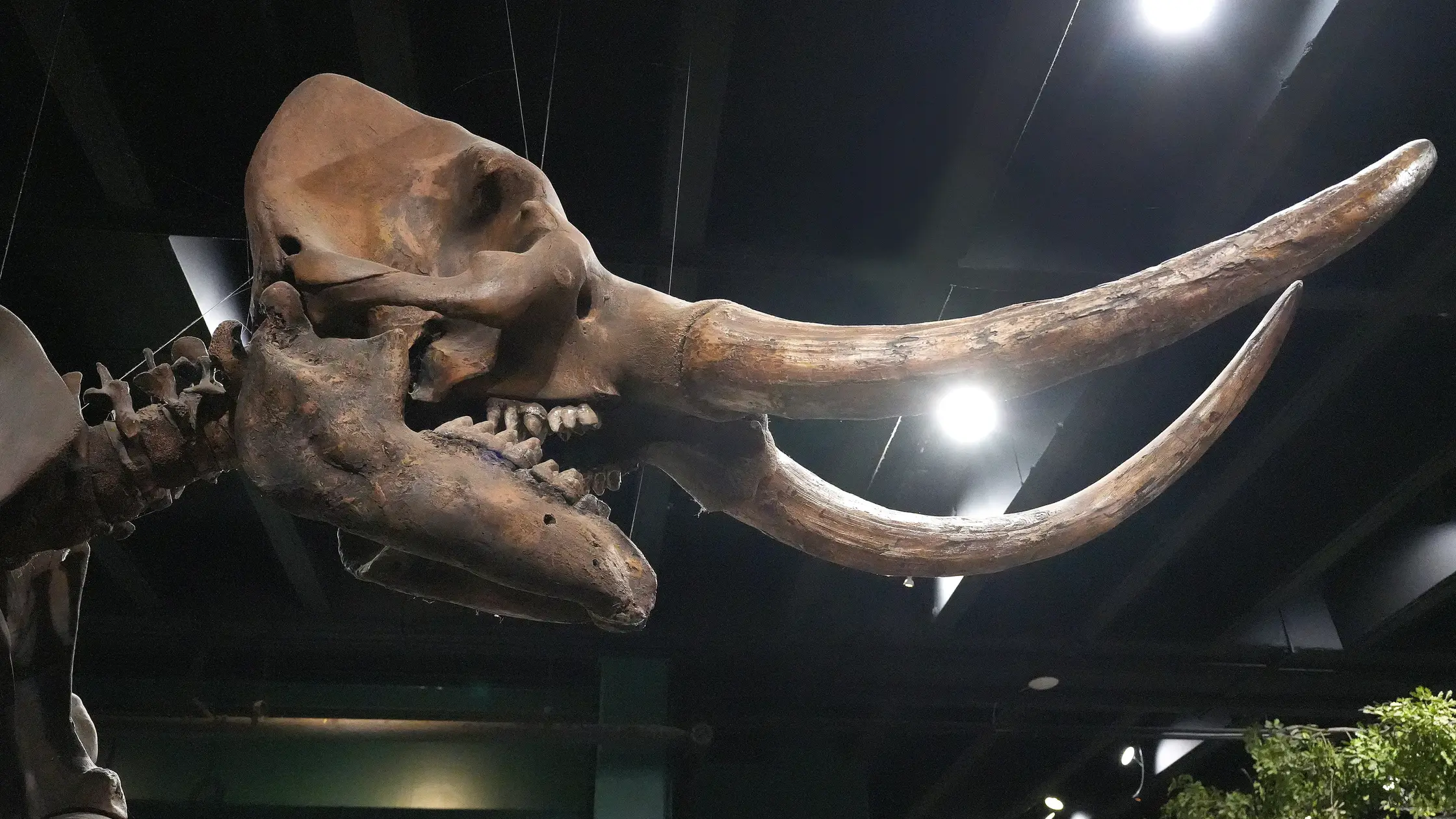
Bondo Betty, the DeVille mastodon, is a vital part of Stark County's history
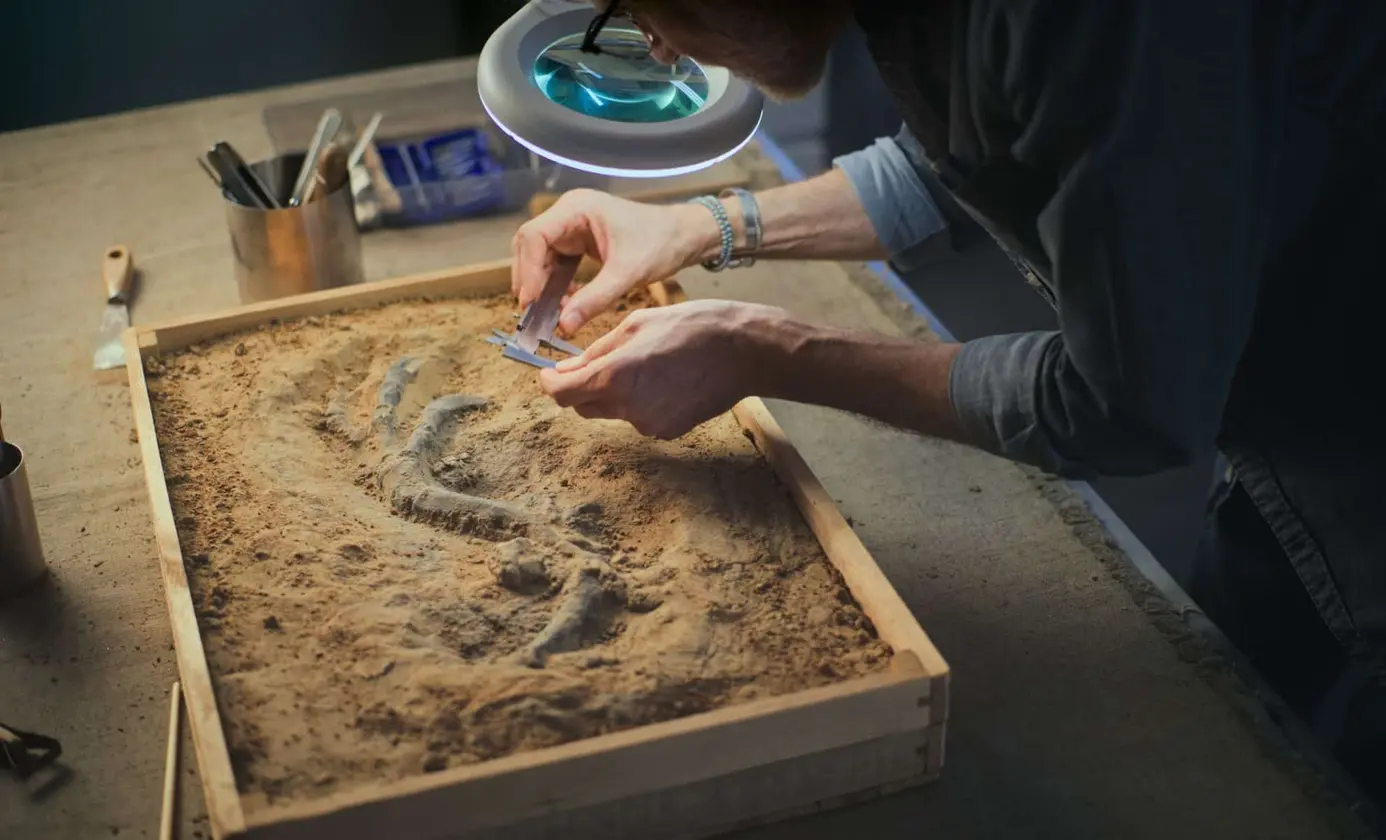
Denver Museum Discovers Rare Dinosaur Fossil
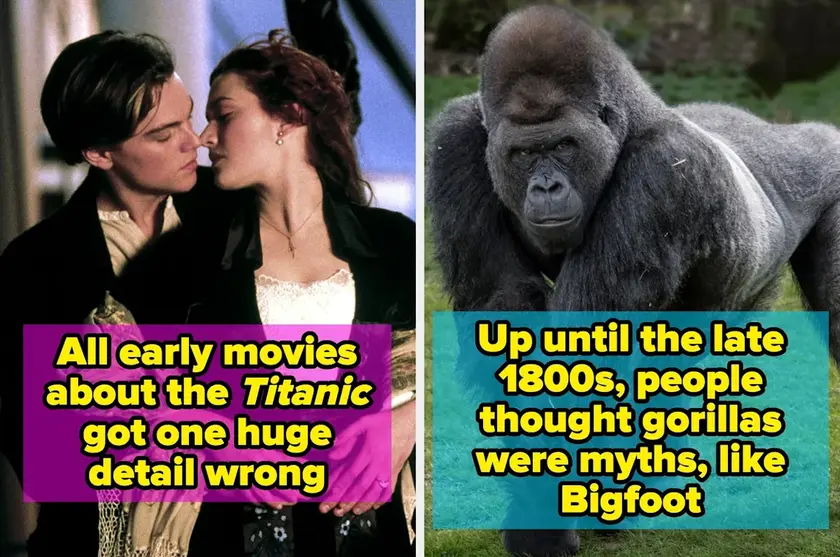
Myths Turned Into Science
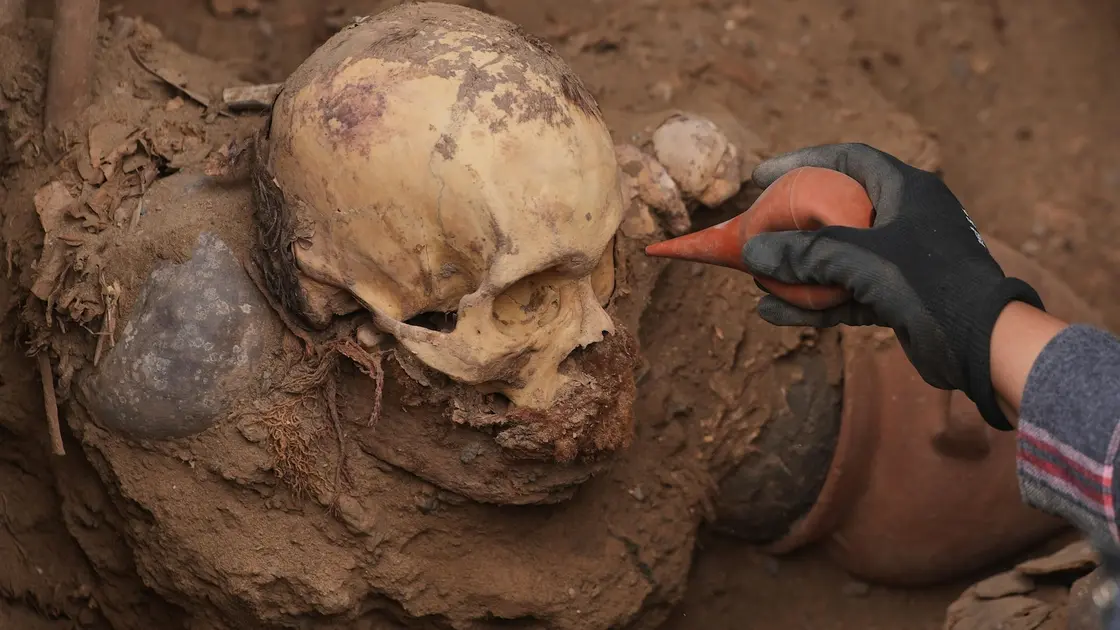
Utility workers discover ancient pre-Incan tomb in Peru

Research suggests maggots were part of Neanderthal diets
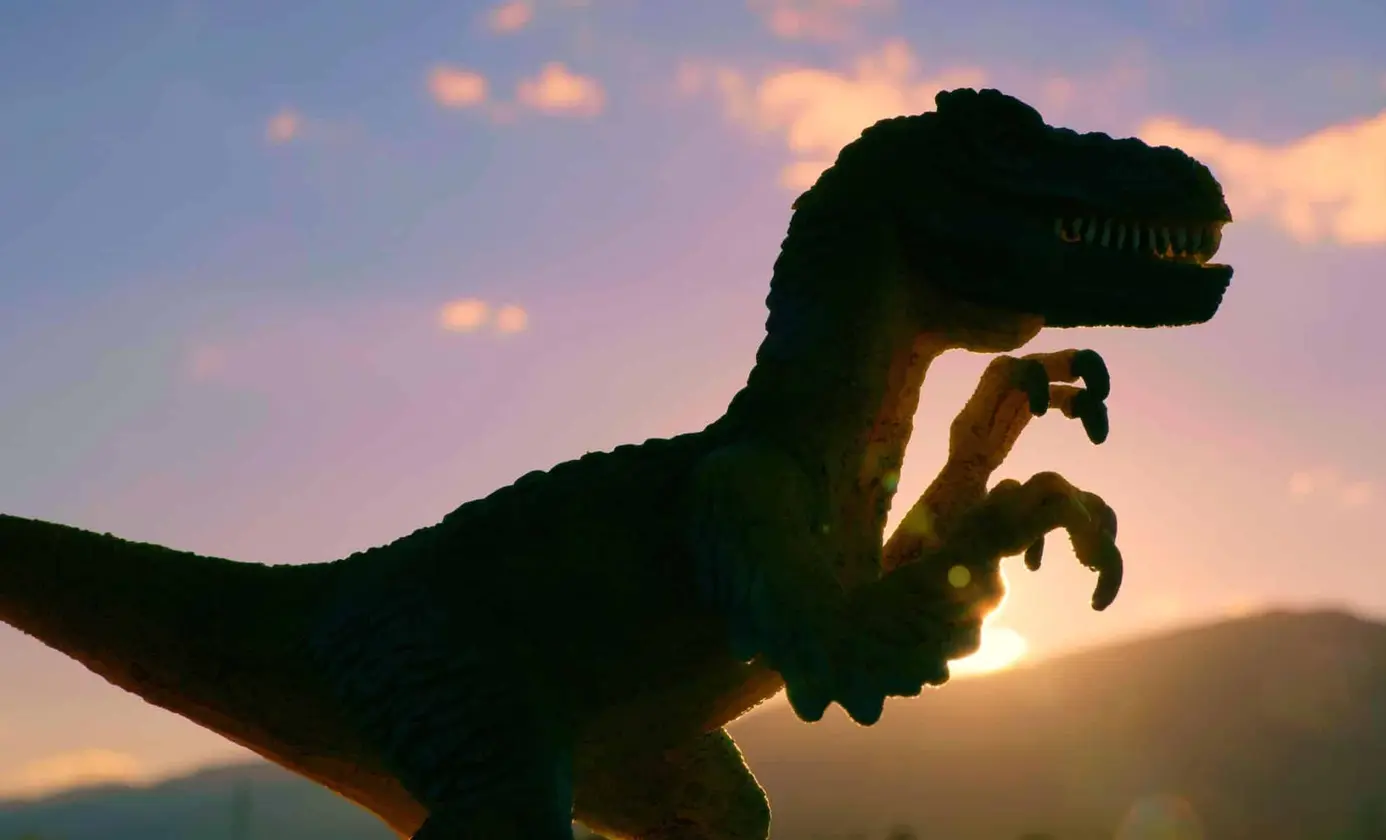
New fossil discovery changes views on early dinosaurs
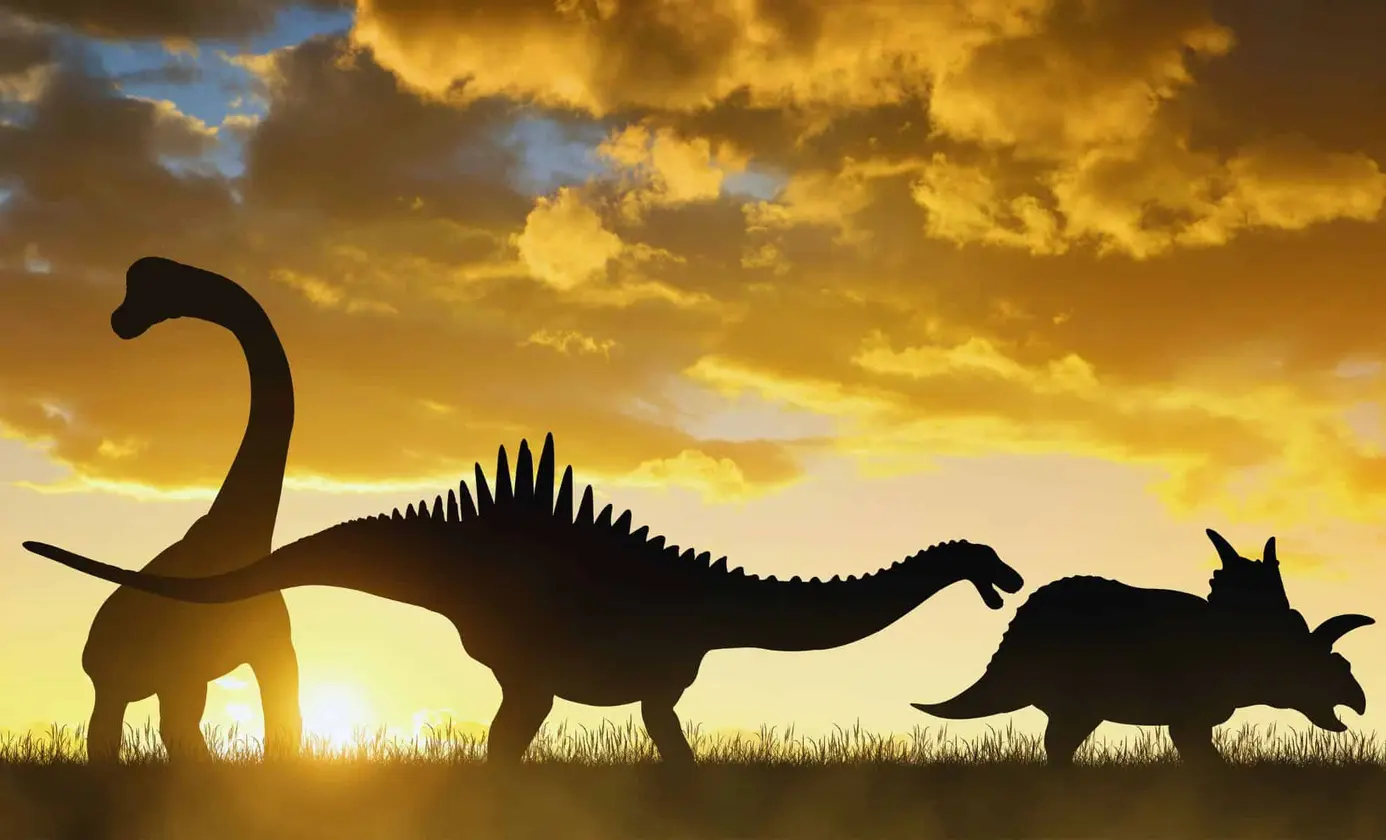
Study Reveals Possible Size of Early Dinosaurs
